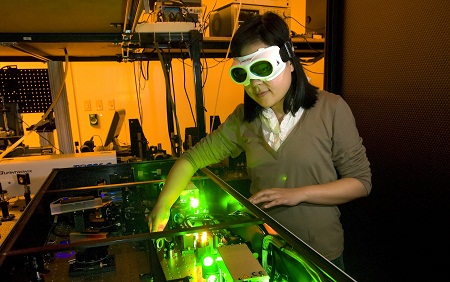Where there’s heat, there’s energy – even in the smelly exhaust that emerges from a car tailpipe.
The trick is harvesting that energy and converting it to a usable form, and that’s exactly what Purdue University researchers intend to do in a three-year project in collaboration with General Motors.
The National Science Foundation and the U.S. Department of Energy, to the tune of $1.4 million, are funding this effort to develop a prototype thermoelectric generator (TEG) that would charge batteries and power a car’s electrical systems, reducing the engine’s workload and improving fuel economy.

The key to these devices is what is broadly known as the thermoelectric effect, wherein a temperature gradient in metals can create a current.
To make this work, researchers look to build materials that are poor conductors – in the Purdue case, something called skutterudite, a mineral made of cobalt, arsenide, nickel or iron that will be hot on the side exposed to the exhaust and cool on the side that’s not.
“You don’t want heat to transfer rapidly from the hot side to the cool side of the chip,” Purdue Professor Xianfan Xu explained in a university press release.
“You want to maintain the temperature difference to continuously generate current.”
The technology as it now stands limits researchers to using gases up to about 700 degree Celsius (1,300 Fahrenheit), so the TEG will be installed behind the catalytic converter.
However, Xu said new thermoelectrics under study could withstand higher temperatures – inside the catalytic converters gases are about 1,000 degrees Celsius.
As such, taking advantage of that extra heat would enable even greater fuel savings.






